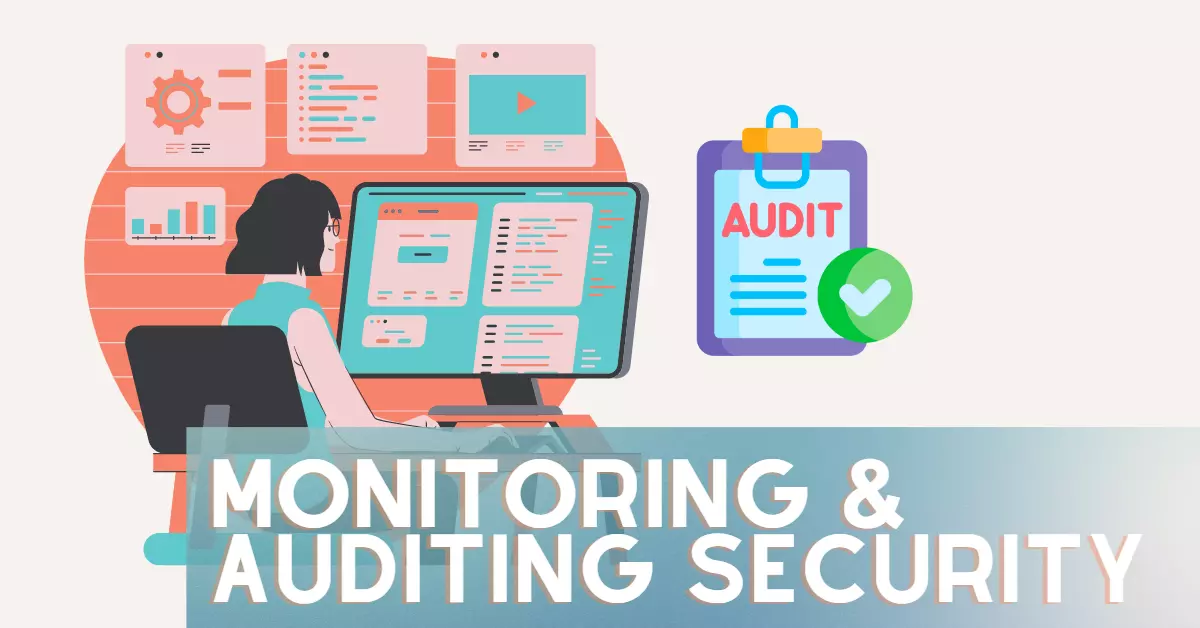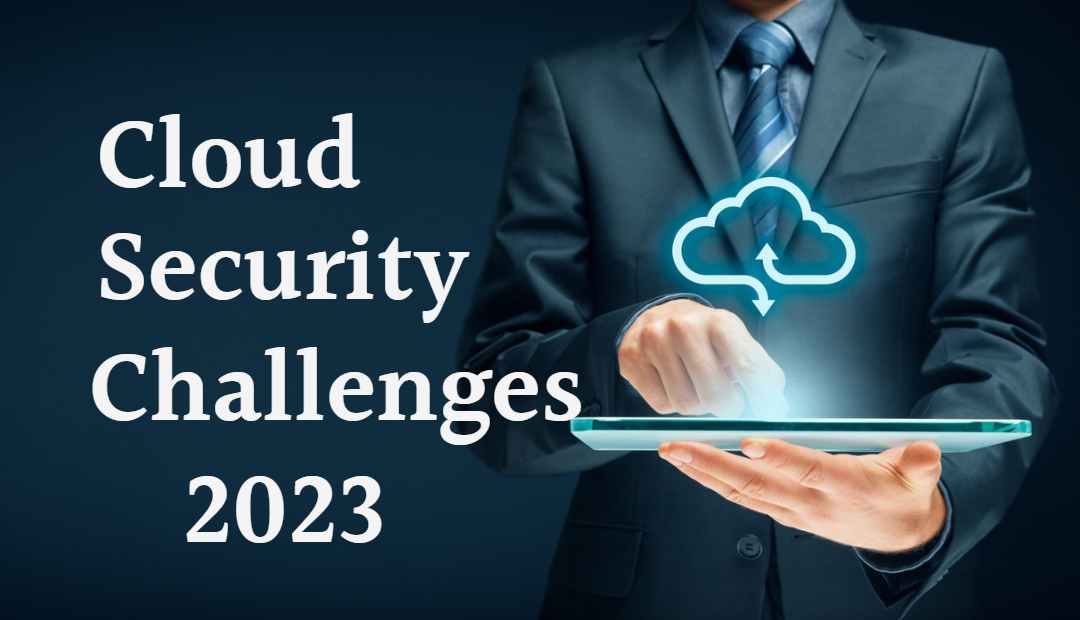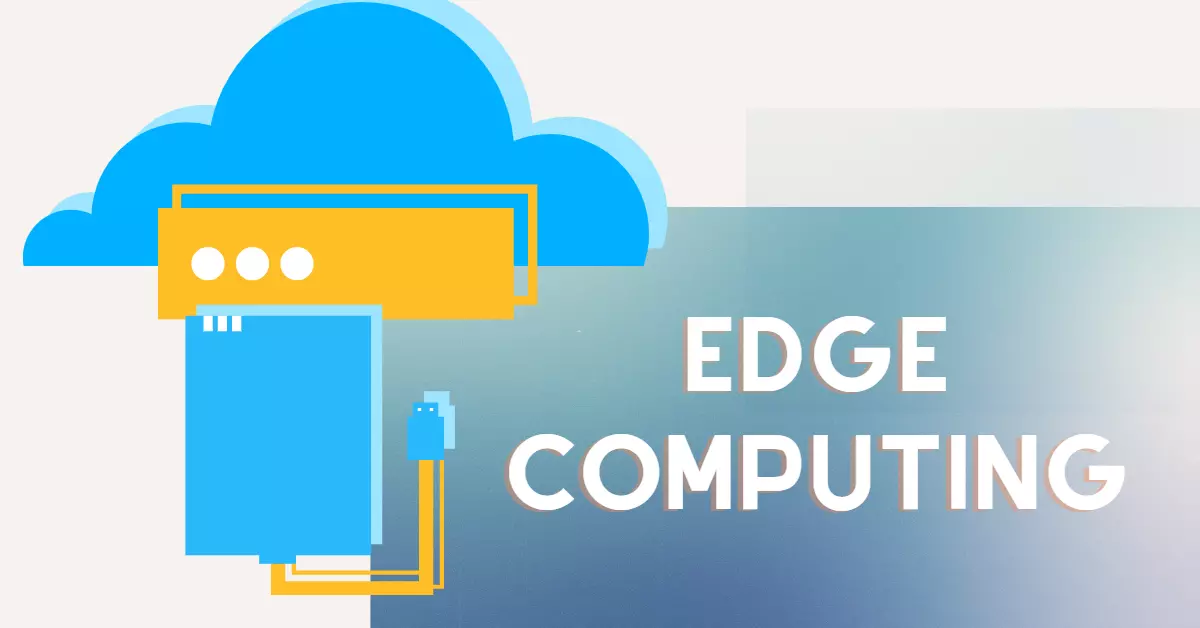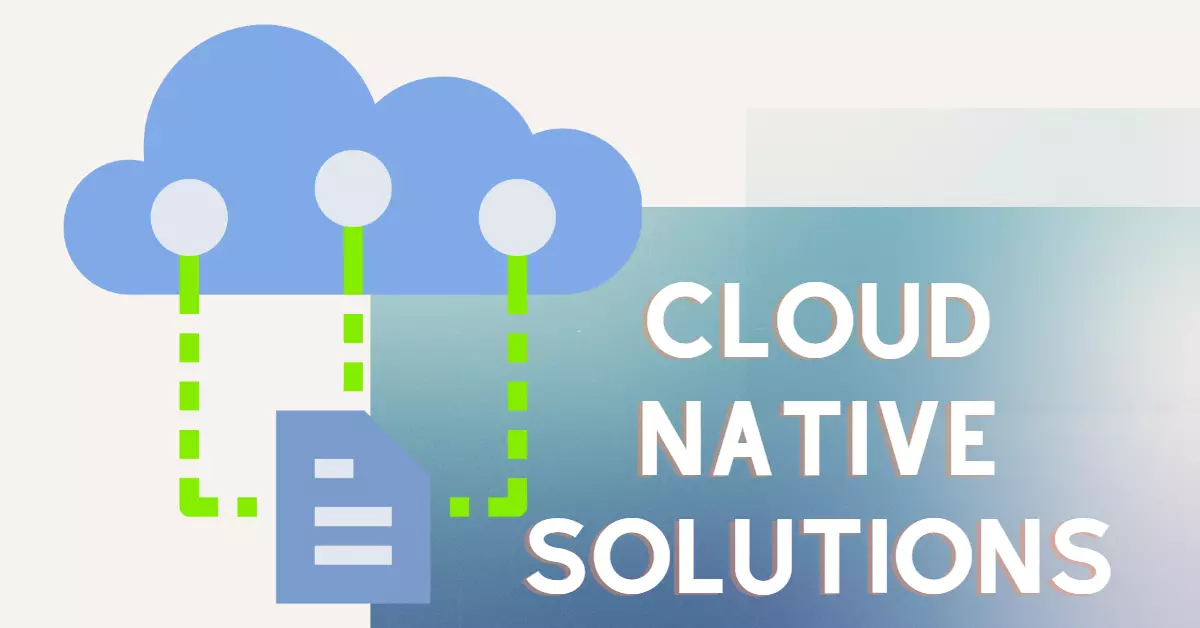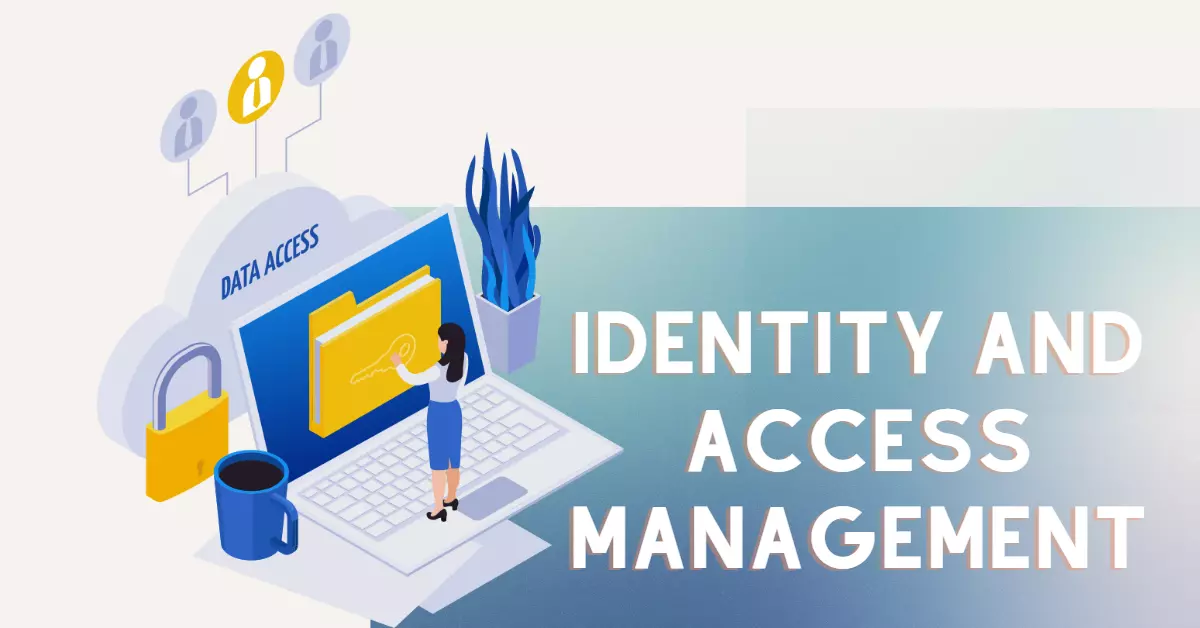As more and more organizations move their operations to the cloud, it’s more important than ever to ensure that their cloud environments are secure. Monitoring and auditing are key components of cloud security, and organizations that fail to implement these practices are putting themselves at risk
In this blog post, we will explore the importance of monitoring and auditing in cloud security, and how these practices can help organizations to keep their cloud environments secure. From identifying potential threats and vulnerabilities to ensuring compliance with industry regulations, monitoring and auditing are essential for organizations that want to keep their cloud environments secure.
1. Compliance
Monitoring and auditing are essential for ensuring compliance with industry regulations such as HIPAA, PCI-DSS, and SOC 2. These regulations require organizations to have a certain level of security controls in place, and regular monitoring and auditing can help to ensure that these controls are being implemented effectively.
2. Identifying threats
Regular monitoring and auditing can help to identify potential security threats and vulnerabilities. By monitoring cloud infrastructure, organizations can detect signs of suspicious activity, such as failed login attempts, and take action to mitigate the threat. Auditing can also be used to identify misconfigurations or other vulnerabilities that could be exploited by attackers.
3. Early detection
By monitoring and auditing cloud infrastructure on a regular basis, organizations can detect security incidents early, reducing potential damage. For example, if a hacker has gained access to a cloud environment, early detection can help to minimize the amount of data that is compromised.
4. Investigation and forensics
In case of a security incident, monitoring and auditing data can be used to investigate the incident and gather forensic evidence. By reviewing logs and other data, organizations can determine the scope of the incident, identify the cause, and take appropriate action to prevent similar incidents in the future.
5. Access control
Monitoring and auditing can be used to track user activity, including access to sensitive data and resources, to ensure that access is granted only to authorized users. Auditing tools can be used to track user activity, including when users log in, what actions they take, and when they log out. This information can be used to identify any suspicious activity or unauthorized access.
6. Configuration management
Auditing can be used to ensure that cloud infrastructure is configured securely and in compliance with best practices. Regularly reviewing the configuration of cloud resources can help organizations identify misconfigurations or other issues that could put the environment at risk.
Best Practices For Cloud Security Infrastructure
7. Governance
Monitoring and auditing provide visibility and control over the entire cloud infrastructure, enabling organizations to implement governance and compliance policies. By monitoring and auditing cloud infrastructure, organizations can ensure that their cloud resources are being used in compliance with their policies and best practices.
8. Cost optimization
Regular monitoring and auditing can help organizations identify and eliminate unnecessary cloud resources, reducing costs. By monitoring usage and identifying underutilized resources, organizations can take steps to optimize their cloud environment and reduce costs.
9. Security Automation
Auditing and monitoring tools can be integrated with security automation tools to create automated security workflows. This can help to automate repetitive security tasks and reduce the need for manual intervention, enabling organizations to respond to security incidents more quickly and efficiently.
10. Continuous improvement
Regular monitoring and auditing can be used to identify areas where security can be improved, enabling organizations to continuously improve their security posture. By regularly reviewing their security posture and identifying areas for improvement, organizations can take steps to stay ahead of emerging threats and vulnerabilities.
In conclusion, monitoring and auditing are essential for ensuring the security of cloud environments. These practices help organizations identify potential threats and vulnerabilities, detect security incidents early, and take action to mitigate potential damage.
They also play a key role in ensuring compliance with industry regulations, tracking user activity, and implementing governance and compliance policies. Additionally, by optimizing cloud resources and automating security workflows, monitoring and auditing can help organizations to reduce costs and improve their security posture. Overall, monitoring and auditing are critical for organizations that want to keep their cloud environments secure and protect sensitive data and resources.

